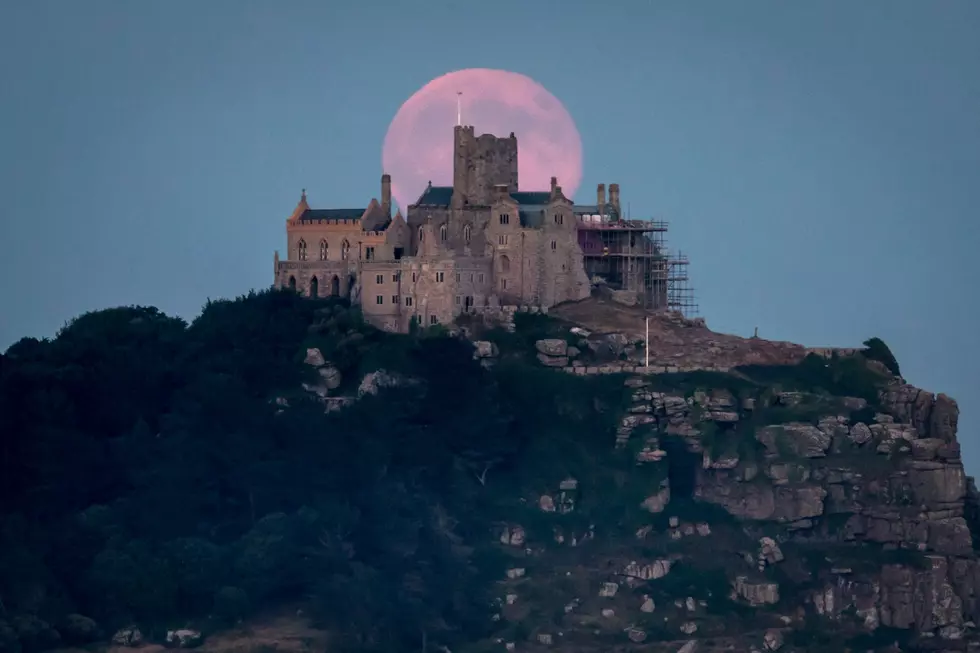
Tonight in Michigan – The Strawberry Moon – What’s Next Month?
Look up in the sky tonight. Low and to the southeast, you'll be seeing the full moon. Known in North America (and northern Europe) as the Strawberry Moon. And it got that name because Native Americans, who lived in your backyard before it was an apartment complex or subdivision or farm, knew this was the time of year when strawberries were ripe enough to be picked.

Eons ago, before smart phones and calendars, or any sort of written word, you would've known what time of year it was by the moon - a lunar calendar - not a solar calendar, which is what our modern day Gregorian calendar is based on. In this part of North America, the Sauk, Fox and Chippewa/Ojibwe people would've probably been looking forward to the Strawberry Moon - not something called June. And that's the way it went all year long - each full moon had a name based on what people saw around them. July's full moon is the Buck Moon, because you'd clearly be able to see the velvet - covered antlers of buck deer around that time of year. And that would lead to the Hunter's Moon in October, which I'm assuming was like Opening Day in modern day Michigan. According to TimeandDate.com, in the years when a 13th full moon would sneak in - that would be your Blue Moon. Here's a gallery of named moons (some of them also "Super Moons") from the last several years.
A Year of Named Full Moons






